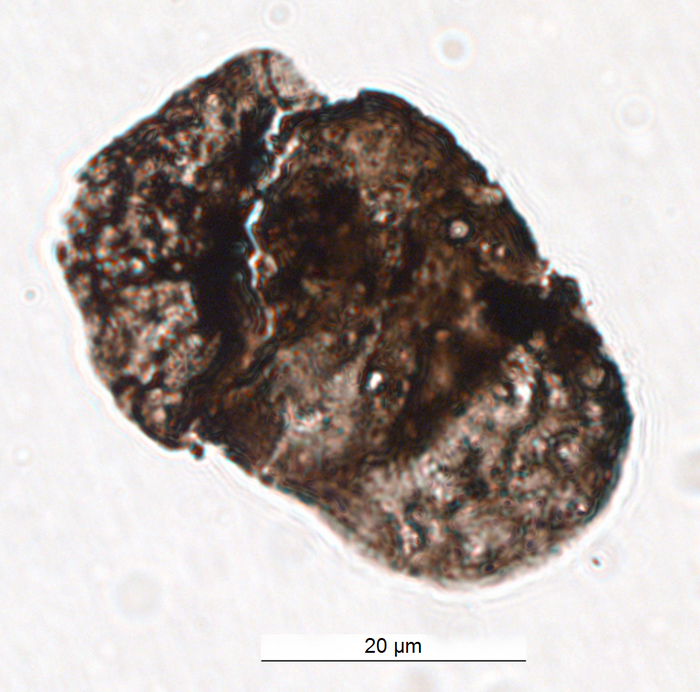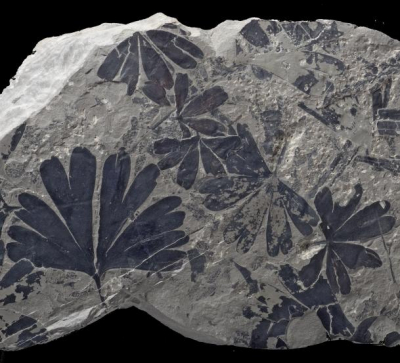New research has revealed an exciting discovery about the role of ultraviolet (UV) radiation in mass extinction events. Scientists have found that 250 million-year-old rocks contain compounds from fossil plants that appear to act as a primitive form of sunscreen. This indicates that a pulse of UV-B radiation may have been a contributing factor to the end Permian mass extinction event, one of the five largest mass extinctions in Earth’s history. Let’s take a closer look at this groundbreaking research and what it could mean for our understanding of the history and future of our planet.
What is Mass Extinction?
Mass extinction is defined as the sudden disappearance of a large percentage of species within a short period of geological time. Scientists believe that Earth has experienced five major mass extinctions, including the end Permian event which occurred approximately 252 million years ago. During this event, up to 96% of all species were wiped out due to an abrupt change in climate or environment, such as increased levels of UV radiation.
This new discovery was made by scientists from the University of Bristol who studied pollen preserved in 250 million-year-old rocks found in Russia and China. They discovered compounds called eckol derivatives which are produced by plants to protect them from harmful UV-B radiation. This suggests that increased levels of UV-B radiation may have been one cause of this catastrophic event. The researchers also suggest that similar processes could be taking place today due to global warming and ozone layer depletion, leading to increased levels of UV-B radiation on land and sea surfaces, with unknown consequences for life on Earth.
This research sheds light on how environmental changes can affect species on a large scale, potentially leading to further mass extinctions if not monitored closely enough or if humans continue to contribute massively to global warming and ozone layer depletion through carbon emissions and other practices that damage the environment. It could also lead to better ways of monitoring changes in the environment and help predict potential future events based on historical data gathered from past events like this one.
This new research is an important step towards unlocking the secrets behind past mass extinction events and understanding how they can be prevented in the future. By studying ancient fossils, we can gain insight into how environmental changes can affect species across entire ecosystems and potentially lead to further mass extinctions unless monitored closely enough or if humans continue contributing massively to global warming and ozone layer depletion through unsustainable practices such as carbon emissions or pollution. Understanding how these processes work together will be essential for protecting our planet going forward, so further research into this area should be encouraged!











